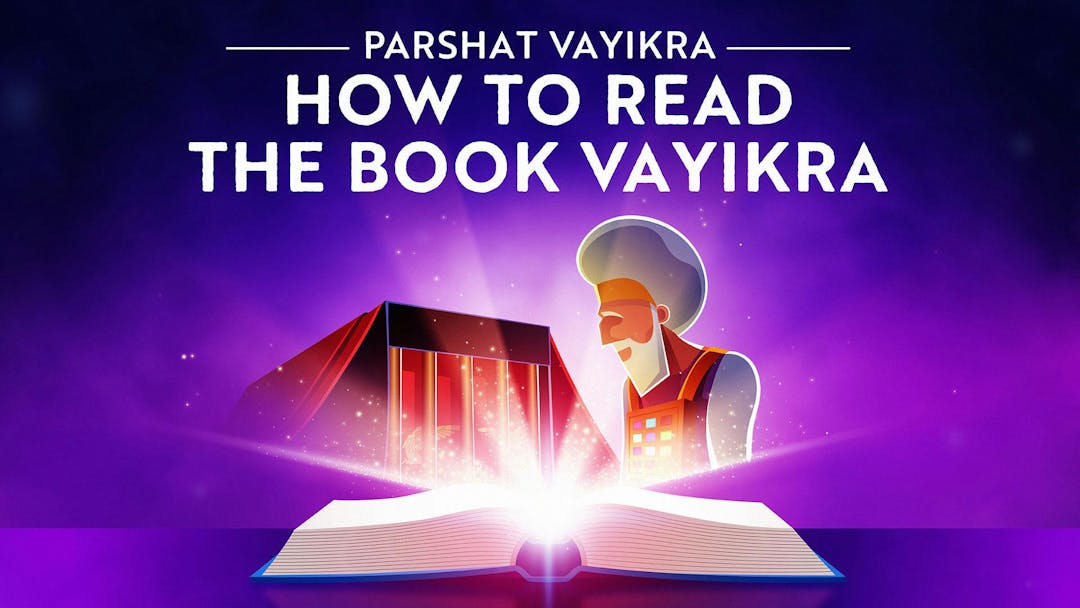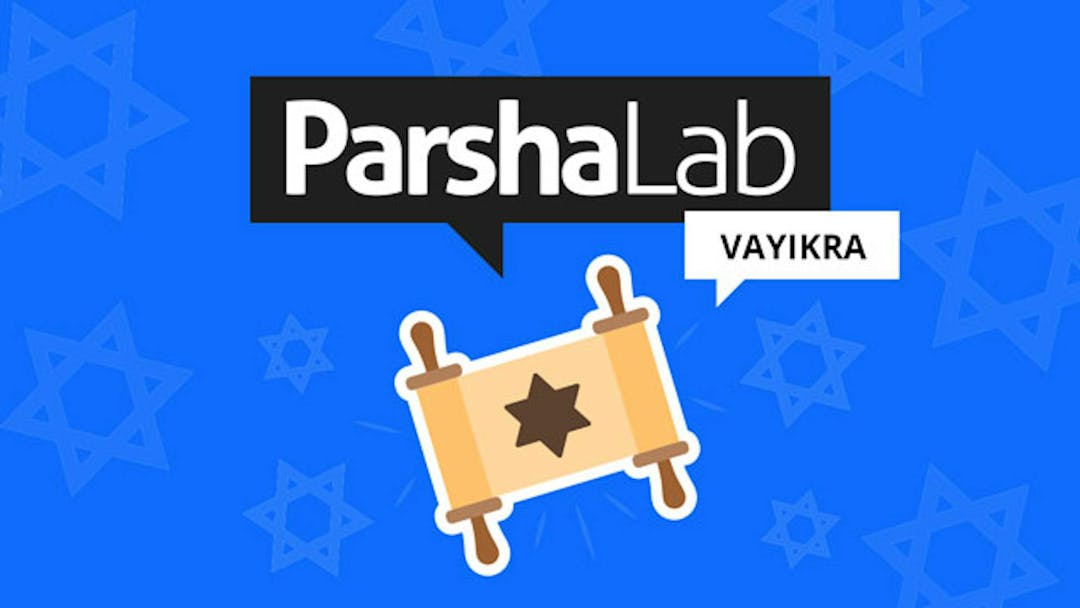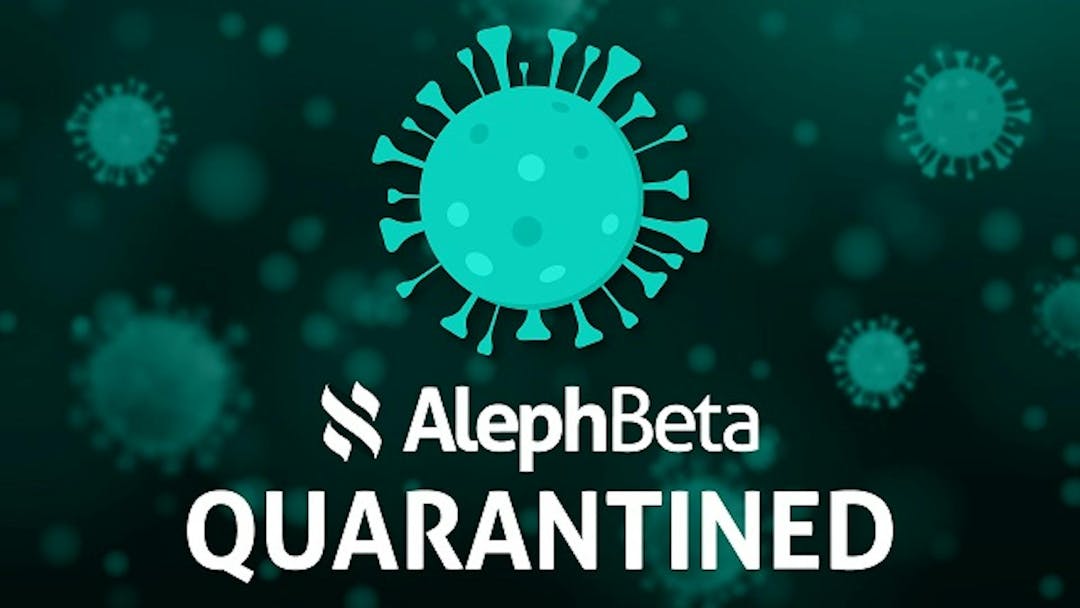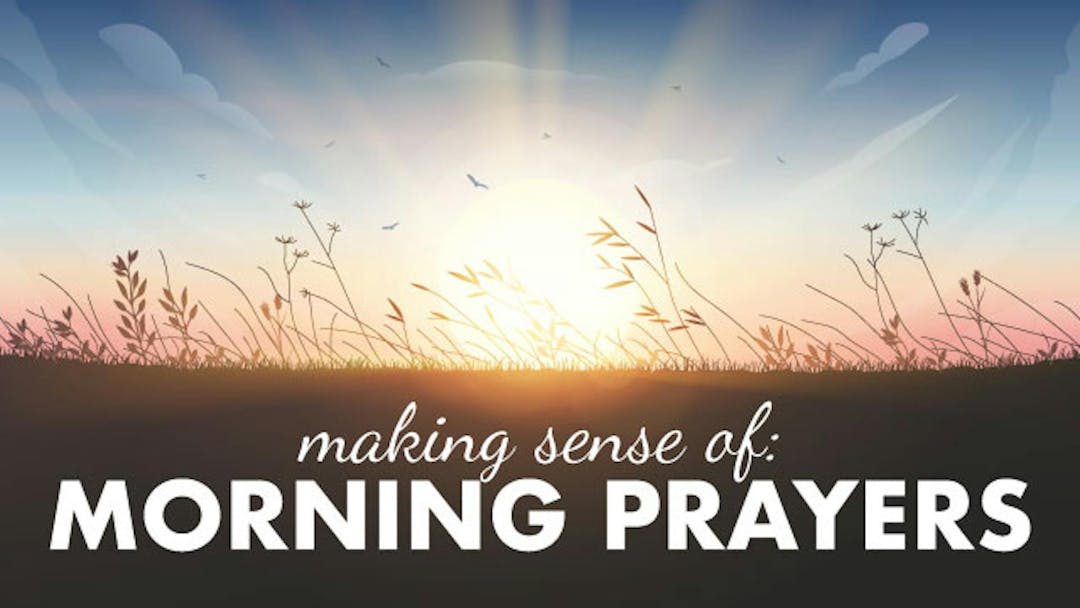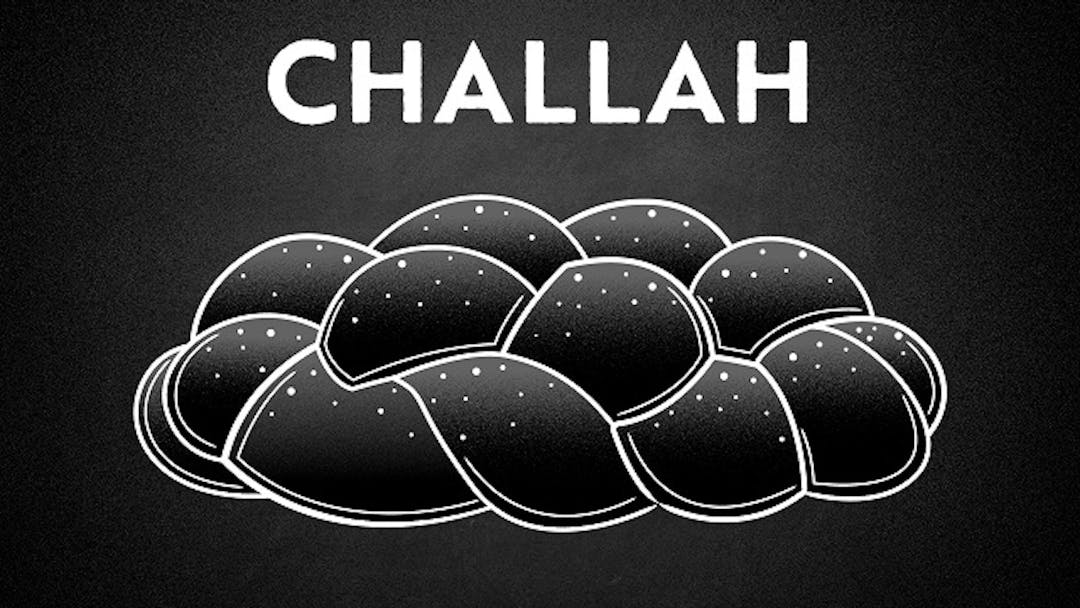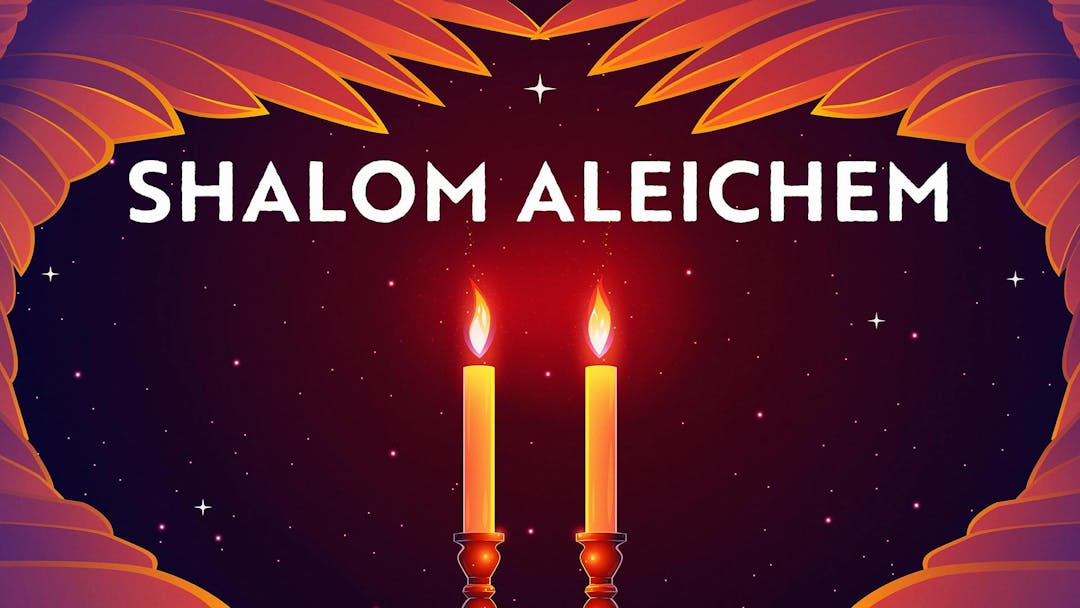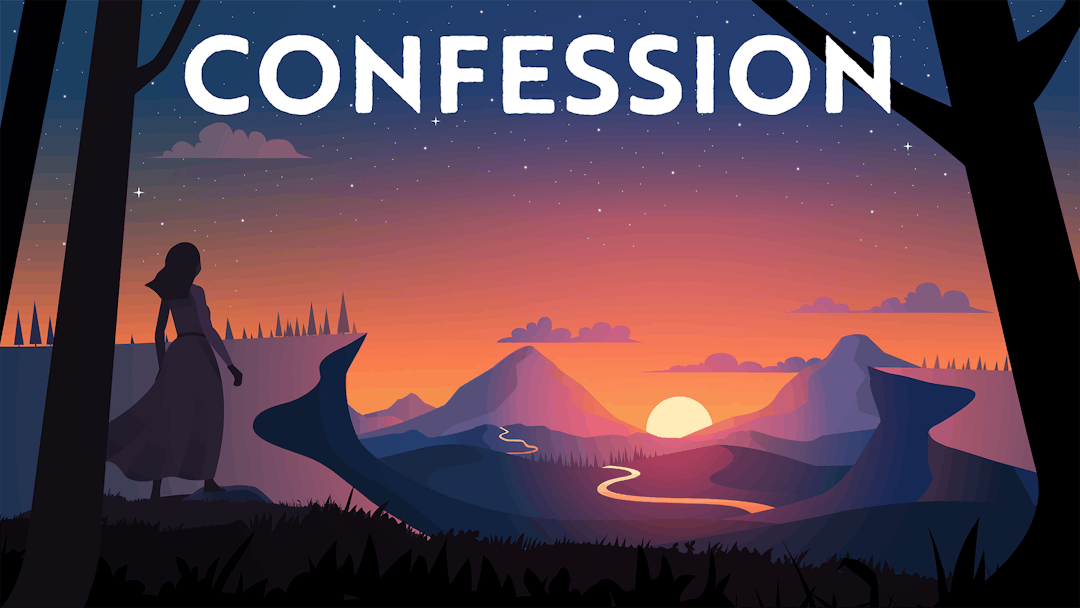Start your free trial today to unlock the full library and enjoy unlimited and uninterrupted access.
Get StartedHow Can We Relate To Sacrifices Today?
The Spiritual Meaning Of Biblical Animal Sacrifices And Offerings
Using sacrifices and offerings as a way to connect with God seems alien. How are we, in a modern-day context, supposed to connect with the myriad of details associated with animal sacrifice in the Bible? Why did God require animal sacrifice anyway? And what was the meaning behind the different types of offerings? If we understand that, perhaps we can find the relevant spiritual meaning of animal sacrifices today.
Join Rabbi Fohrman as he explores these fundamental questions by reexamining the different types of sacrifice in the Bible, and discover how this ancient tradition creates a modern framework for how to connect with God today.
Want to watch the full video for free?
Enter your email and we’ll send you a link to watch the full series free.
What is Aleph Beta?
Aleph Beta is a unique kind of Torah library. Led by our founder, Rabbi David Fohrman, we are dedicated to high-level, textual Torah learning for adults that is intellectually and spiritually sophisticated, that enlivens your Jewish practice and helps you forge a deeper connection to God. Whether you’ve been learning in yeshiva for years or you’re just beginning your Torah journey, you’re sure to find something meaningful and surprising waiting for you here.
Browse our library of over 1,000 beautifully produced animated videos, podcasts, deep dive courses, and printable guides. Topics include the weekly parsha, Jewish holidays & fast days, laws & mitzvot, prayers, relationships, big philosophical ideas and more. Have something to say at the Shabbos table that will amaze your family and guests and bring deep meaning into their lives.
